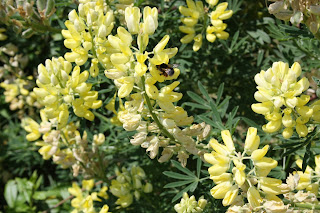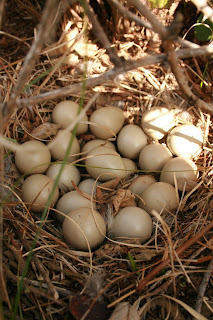Also on the Point now are Emperors. This Emperor moth larvae was found this morning feeding on bramble. We see adults in April to late May, these lay eggs, which in turn change into larva (caterpillars). Once they have achieved full size they pupate and in this state they spend the winter.
In contrast, White Satin and Yellow-tail moths spend the winter in a larval state, as seen here. We should see adult moths of both these species in July and August.
White Satin
Yellow-tail
Visitors are unable to read the Lifeboat House information board at the moment, due to this Ringed Plover nesting beneath it.
The sign has been roped off to protect the eggs from trampling and to encourage the bird to stay on the eggs and incubate them. A ranger is present most days in the vicinity to chat to visitors about it.
Also today we saw this recently fledged Meadow Pipit outside the back door, which was constantly being fed by its attentive parents.
(Bird photos by Ajay Tegala, moth photos by Paul Nichols)
- Paul
































